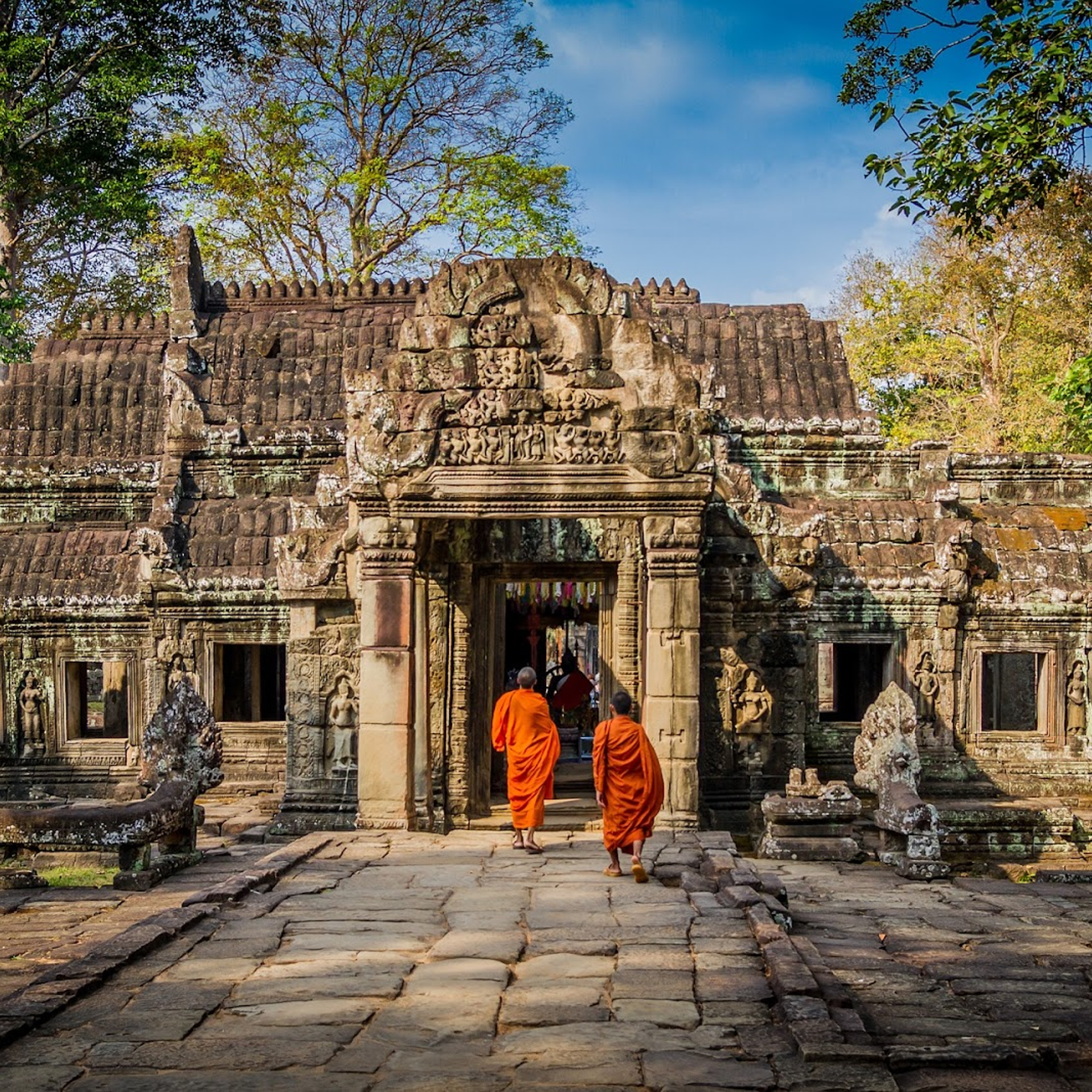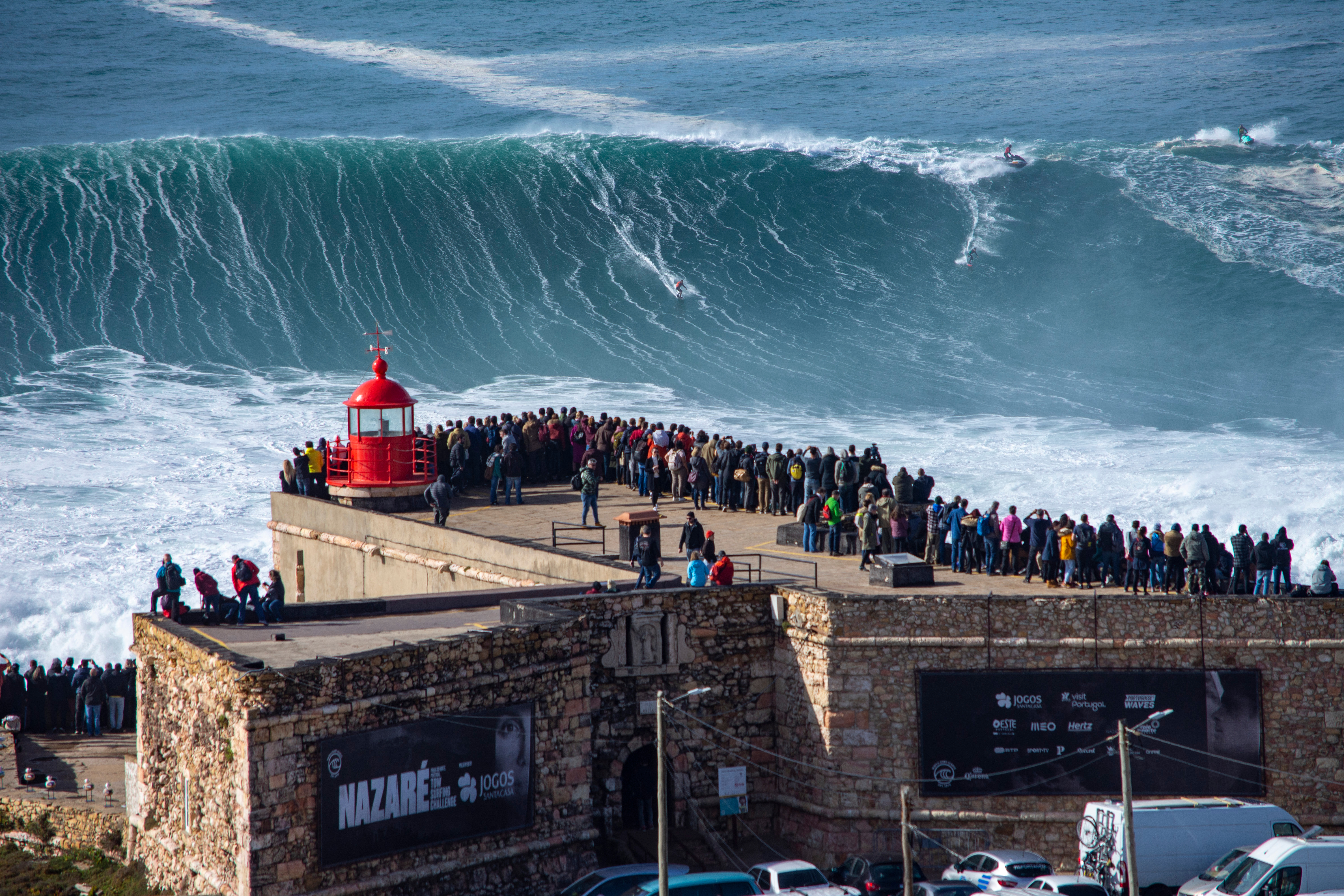When you think of Spain, you immediately think of miles of beaches, hotel castles, sun, sangria and paella. Fortunately, the broad masses have not yet known about that there is a completely different, green Spain. In the Basque Country, tradition is very important, but always in balance with the new, the modern and the urge for change. “Ongi etorri Euskal Herrira!” – Welcome to the Basque Country
The green north of Spain
The north of Spain is characterized by the harsh, Atlantic climate. The Basque Country is located in northeastern Spain and southwestern France, because the Basques were at home in this region even before European borders were drawn. Why is it worth traveling to the Basque Country, which lies between the Bay of Biscay in the north, the Pyrenees in the east and the wide plain of the Iberian Peninsula in the south? Let’s take a closer look at the data: A short or even longer stay in this beautiful piece of land will uncover many of the natural wonders, the cultural offers and the rich culinary offerings. It is this perfect mix of colors, the balance between modernity and tradition and, above all, the openness of the Basques that make every visitor love this wonderful piece of earth.

Basque diversity – Bilbao, San Sebastián (Donostia) and the Basque Rioja
The Basque Country has a bit of everything: a wild and beautiful coastline with sandy beaches and the green mountains directly behind; The vibrant city of Bilbao, formerly industrial and now revitalized as a center of art and architecture, which offers its multitude of museums, galleries and spectacular buildings; The elegant coastal town of San Sebastián (Donostia) with the picturesque Concha Bay, the almost unbelievable number of Michelin stars and the delicious pintxos that you simply never get enough of. There are also charming villages and fishing towns, enchanting vineyards in the Basque Rioja and much more. In short, the setting is breathtaking and the food and wine are even better. Welcome to the Walhalla for all gourmets.
The Basque origins – mystical and not yet fully discovered
There is a long history behind this slightly mystical and not yet fully discovered culture. The Basques have lived in this region for thousands of years and are one of the oldest ethnic groups in the world, with ancient traditions. The same goes for their language, Euskera, unique and not associated with any other language in the world. It is difficult not to develop empathy for this people and the recognition of their identity after visiting this little paradise on earth.
Arrival – Daily flights from Munich and Frankfurt to Bilbao with Eurowings and Lufthansa
The Basque Country is very well connected to all European hubs, especially through the international airport of Bilbao. With direct flights to Frankfurt, Munich, London, Paris, Amsterdam, Brussels and many more, you can get to your destination directly and without having to change trains. Thanks to the excellent cooperation between Basque and German companies in the mechanical engineering and industrial sectors, Germany in particular enjoys excellent connections. With 4 daily flights from Munich and 3 daily flights from Frankfurt (dates before Corona) Lufthansa flies steadily to the destination. In general, Bilbao is the destination that the Lufthansa Group flies to most frequently on the Iberian Peninsula. There are also flights from Eurowings (DUS, STR), Austrian (VIE) and SWISS (ZRH, GVA). Search for flights at Fly.green and reduce and offset your footprint.
Bilbao – Guggenheim and more
Ever heard of the Bilbao Effect? This term stands for the transformation of a city through a selective intervention in its architecture, art scene or through another distinctive feature. The term goes back to the construction of the Guggenheim Museum by Frank O. Gehry in Bilbao. What was previously a dirty industrial city with high unemployment has turned into a booming metropolis in the course of a few years thanks to tourists and art lovers. As recently as 25 years ago, the container ships docked in the center of the city, polluting the water and air. Now the course of the river is green with parks, bike paths and restaurants and invites you to walk and do sports. Even in the dirty river today water sports enthusiasts of all kinds dare again. Every year a world-famous cliff jump event by a well-known shower manufacturer takes place in front of the breathtaking backdrop of the Guggenheim Museum.
But Bilbao has a lot more to offer than just the Guggenheim Museum. The “who is who” of prominent architects from around the world has been immortalized here. Sir Norman Foster’s metro, a cultural center designed by Philippe Starck, the airport designed by Santiago Calatrava and a whole new district designed by Zaha Hadid. These are all examples of the dynamism that prevails in Bilbao and with which the city is developing and changing. In addition, Bilbao is surrounded by green mountains, forests, cliffs and sandy beaches. This mix makes Bilbao a unique destination for all of its visitors.
But the traditional Bilbao, with its charming old town, its narrow streets, and its Gran Via shopping street is still very present and gives the city such a wonderful diversity.

San Sebastián – The Pearl of Northern Spain
San Sebastian, Donostia in Basque, is located on the picturesque Concha Bay and is framed by the mountains Urgull, Igeldo and Ulia. A fishing port, the historic center and the cute old town make San Sebastian one of the most beautiful cities on the Cantabrian Sea.
The center of the city ends at the enchanting La Concha Bay, which even makes the beaches of Rio pale. The most beautiful panorama of the city is offered high up from Igeldo Mountain and directly below is Ondarreta Beach and Eduardo Chillida’s wind comb. This is exactly where Queen Maria Cristina decided to build her summer residence in the 18th century.
The beautiful old town with its narrow streets exudes the flair of another era. In addition to churches and an old convent, which is now part of the San Telmo Museum, there are many small squares in the old town that invite you to linger. In the heart is the Plaza de la Constitución with its many balconies. These are all numbered, contemporary witnesses of the past as a bullring.
Quite a few go on a trip to San Sebastian to enjoy its gastronomy, today THE flagship of the city. Culinary art is lived in San Sebastian – everywhere and at any time. In the pintxos bars (pintxos = Basque tapas) in the old town, these miniature masterpieces pile up on the bar counter. And San Sebastian holds another record. It is the city with the most Michelin stars per square meter, a total of 18, with a population of 180,000!

Rioja – wine and architecture
The Rioja Alavesa, the Basque part of the Rioja area, can be perceived with all senses. Smells, tastes, colors and shapes … here there is only the best of everything. Olive groves, vineyards and small medieval villages that glisten like islands on the never-ending sea of vineyards make the area a beautiful mosaic of colors, especially in autumn.
The aromatic plants exude their fragrances and the birds and the Ebro river set the tune in this peaceful corner of the Basque Country. Nevertheless, the tastes remain the highlight of the region. After all, we are one of the best wine-growing regions in the world which also offers excellent cuisine.
In addition to the excellent wines, the Rioja Alavesa has even more to offer. With the wine came the tourists and with the hotels the most exciting and contemporary architecture of the Basque Country and all of Spain emerged.
Curved metal plates, which reflect the light differently at each time of day and are the trademark of Frank Gehry – who also designed the Guggenheim Museum in Bilbao – now also draw the landscape of the Rioja. The Marques de Riscal Hotel and Winery has become a figurehead of modern architecture and is definitely worth a visit. The Viura Hotel, albeit not by Gehry, is another prime example where tradition and modern architecture are perfectly combined.
The Ysios winery by Santiago Calatrava or the winery Baigorri by Iñaki Aspiazu are real gems of modern architecture. We could go on forever, but it’s best to come and see, taste and experience everything for yourself.

Gastronomy – local, fresh and sustainable
Basque cuisine has a reputation for being one of the best in the world. And when you visit one of the many restaurants, cider bars or pintxos bars, she always lives up to this reputation – the food is simply amazing here!
The focus is primarily on local products. The freshest fish comes from the sea, the animals from the pastures and only the best local fruit and vegetables from the many gardens – the season of course.
Star cuisine and the most sustainable restaurant in the world
Basque cuisine has a reputation for being one of the best in the world. And when you visit one of the many restaurants, cider bars or pintxos bars, she always lives up to this reputation – the food is simply amazing here!

The focus is primarily on local products. The freshest fish comes from the sea, the animals from the pastures and only the best local fruit and vegetables from the many gardens – the season of course.
Star cuisine and the most sustainable restaurant in the world
The best example of this is the “Azurmendi” restaurant with its 3 Michelin stars. In 2018 the restaurant was named the “most sustainable restaurant in the world”. Both the building and the entire production are designed according to a sustainable concept. The jury was particularly impressed by the preservation and recovery of lost local plants and vegetables.
Traditional dishes based on high quality products and their ease of preparation are the guide of most Basque chefs. Thanks to its location by the sea, fish and seafood play a special role. But we shouldn’t forget the delicious meat and regional specialties such as beans, cheese, cider and wine. All these delicacies complete this high gastronomic culture.
When speaking of Basque gastronomy, one cannot avoid mentioning the well-known “Sociedades Gastronómicas” which can be found everywhere here. In the past, only men were allowed in here, but that has changed today. In contrast, the popularity of these facilities, where you can meet family, friends or acquaintances to cook and eat, has remained the same. To this day, gastronomy is deeply rooted in society.
And for in between a little treat – pintxos
Fancy a snack in between? Then you shouldn’t miss the “pintxos”. These little tidbits are another way to try Basque cuisine. They are served in most bars and restaurants. The old town of San Sebastian is the Mecca of all lovers of these miniature creations. Only a few manage to stick with this selection.
Today we serve a glass of Txakoli, one of the most famous wines in the region, with the pintxos. It is a young, fruity and slightly sparkling white wine with a low acid content. It is made from the “Hondarribi Zuri” grape, which grows on the slopes facing the sea. So they are constantly exposed to the light ocean breeze.

You don’t always have to fly halfway around the world to discover the world’s oldest cultures, unknown places and almost forgotten traditions. Sometimes all of this is much closer than you think, less than a 2 hour flight from Germany.
Laister Arte Euskal Herrian – See you soon in the Basque Country

Nick
Nicolas Foit is the founder of inbasque DMC. He has been working in the tourism industry for many years, especially in the destination management area in cities such as New York, Madrid and Barcelona. His love for the Basque Country ultimately led to the decision to offer inbasque DMC customers high-quality services and support at conferences, incentives, events or leisure trips – thanks to excellent local contacts. Anyone who has ever experienced the Basque Country in person will never forget this contact.




